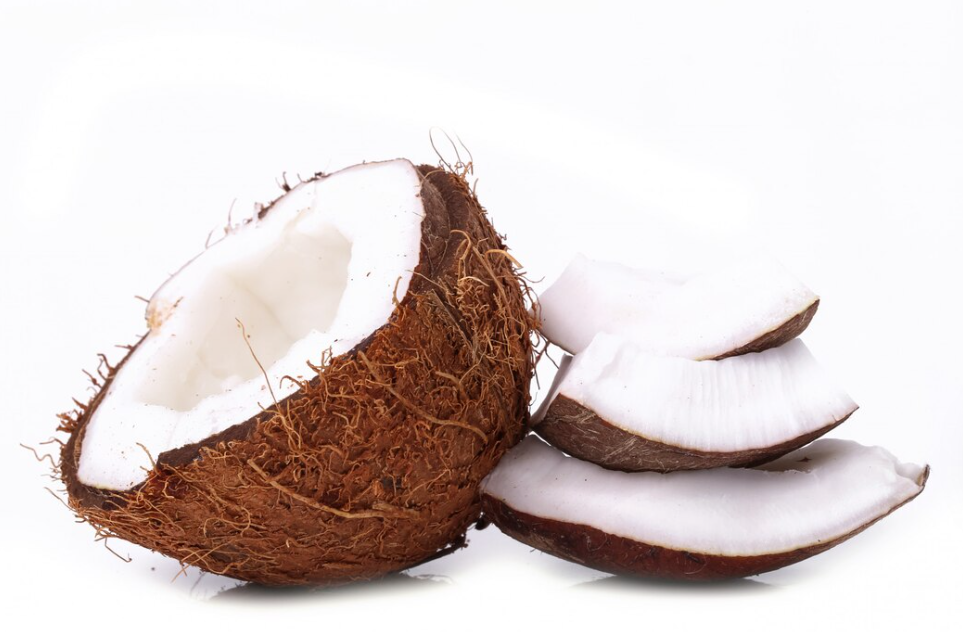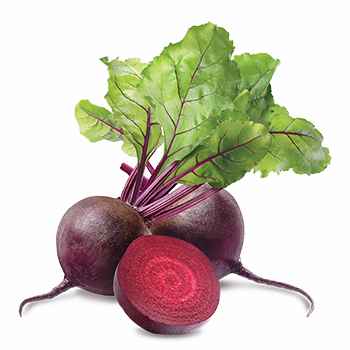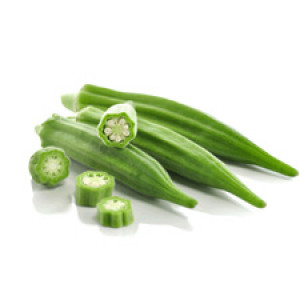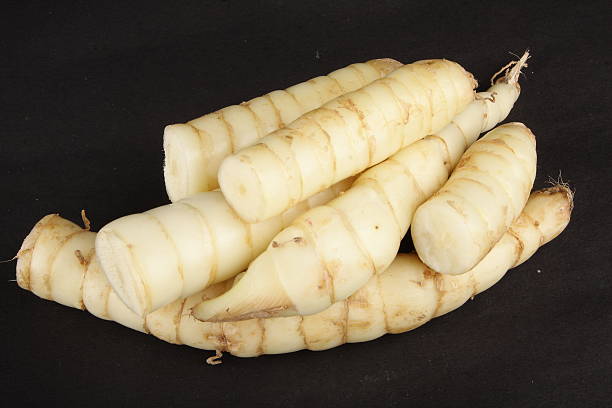Healthy eating, Sri Lankan Cuisine
Sri Lankan cuisine is a vibrant fusion influenced by various cultures, including Indian, Malaysian, Dutch, Portuguese, and British, creating a rich tapestry of flavors. The abundant use of coconuts, a tropical island staple, characterizes many Sri Lankan dishes. Coconut milk flavors specialties like hoppers, kiribath, and desserts, while shredded coconut enhances chutneys, sambols, curries, and rotti. Additionally, coconut oil is a common cooking medium.
It’s important to note that while coconut and its oil are integral to Sri Lankan cooking, they contain saturated fats. It’s advisable, according to dietary guidelines, to moderate saturated fat intake for better heart health. Embracing a balanced diet lower in saturated and trans fats, coupled with regular physical activity, supports heart health. Follow recommended guidelines to achieve a healthier diet.


Eat more vegetables and fruit
Enhance your meals by incorporating more vegetables and fruits, vital sources of essential nutrients like vitamins, minerals, and fiber. Here are some easy ways to include them in your daily meals:
- Elevate the nutritional value of rolls by adding finely diced, steamed, or seared vegetables alongside mashed potatoes and meat.
- Boost flavor, texture, and nutrients in curries by incorporating vegetables alongside meat, fish, or chicken.
- Enhance snacks like vada (lentil croquettes), cutlets, buns, meat rotis, and patties by incorporating shredded vegetables.
- Transform traditional dishes like biryani, pulao, or fried rice by adding assorted seasonal vegetables.
- Experiment with rotti by incorporating shredded vegetables into the dough for a delightful twist.
- Pair fruits with sweet dishes such as wattilappam, kiri bath, bibikan, or mix them into the dish before cooking for added freshness.
Additionally, opt for whole grains to amp up the nutritional value:
- Substitute white rice with brown basmati for a healthier alternative.
- Choose multi-grain or whole-wheat flour when making flatbreads.
- Incorporate brown rice flour into dishes like hoppers, dosas, and other rice flour-based recipes for added whole-grain benefits.



Make mindful choices regarding dairy and protein sources:
- Opt for lower-fat milk varieties (2%, 1%, or skim), or fortified soy beverages in appropriate dishes instead of coconut milk.
When it comes to meat and alternatives:
- Prioritize lean cuts of meat and remove visible fat before cooking, particularly in dishes like kottu, main curry, biryani, or pulao.
- Incorporate meat alternatives like beans, dal, lentils, and tofu regularly in meals. Use whole lentils in dal curries for added nutritional benefits.
- Experiment with substituting part of the meat with tofu in rolls or Frikkadels.
- Aim for at least two servings of fish per week, prepared in low-fat methods like baking. Cold-water fish such as char, herring, mackerel, rainbow trout, salmon, or sardines are rich in heart-healthy fats.
Choose lower-fat options and cooking techniques:
- Reduce the use of coconut and coconut milk across dishes.
- Cook vegetables like okra, beans, eggplant, or mushrooms directly in curry instead of pre-frying.
- Use coconut milk sparingly. Consider using light coconut milk for similar flavor with reduced fat.
- Experiment with traditional recipes sans coconut for healthier alternatives.
- Avoid using coconut oil, ghee, or vegetable ghee for cooking.
- Opt for simple cooking methods like steaming, roasting, light sautéing, or baking instead of deep-frying.
- Bake stuffed rolls instead of deep-frying.
- For lower-fat options, bake meatballs (e.g., frikkadels) in the oven.
- When pan-frying snacks like vadas, cutlets, fried stuffed chillies, or patties, use cooking spray instead of deep-frying.
Making healthy choices when dining out:
- Steer clear of deep-fried appetizers and snacks.
- Opt for curries without coconut milk or shredded coconut.
- Choose smaller portions if healthier cooking options aren’t available.
- Select sambols (chutney-like condiments) that don’t include coconut or coconut milk.
- Limit or avoid desserts made with shredded coconut, coconut milk, or ghee.